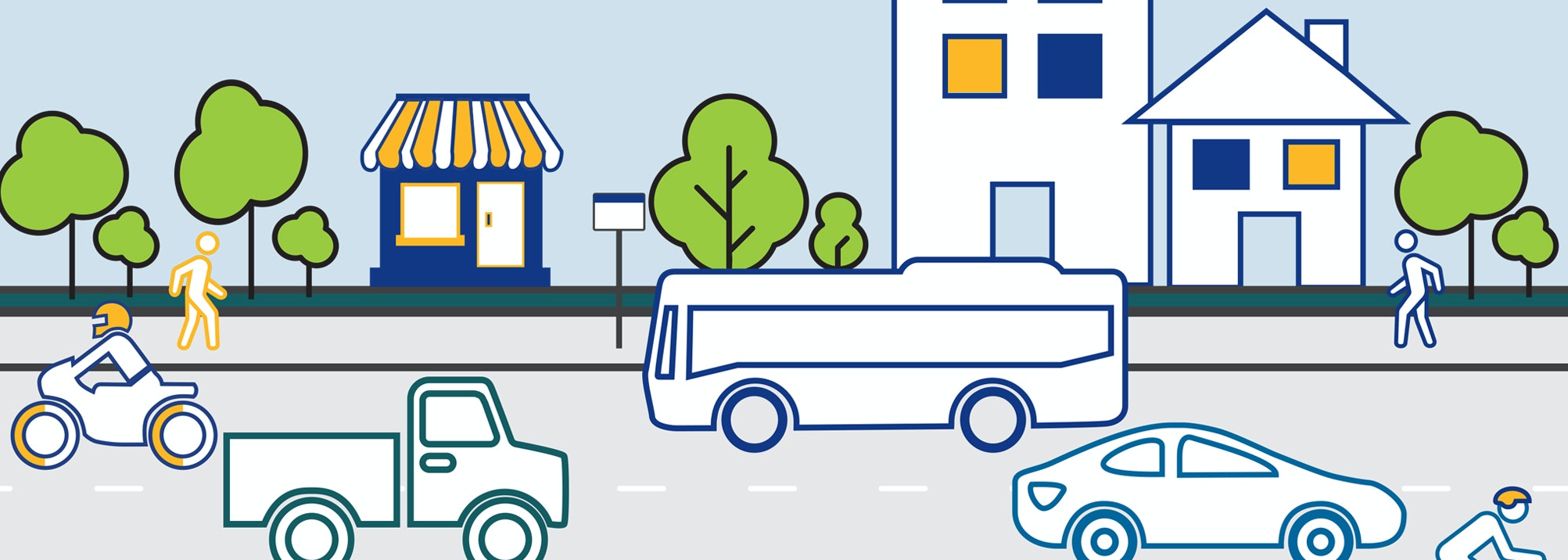Microscopic Marvels: Unveiling the World's Smallest Transport Systems
In the realm of transportation, size matters. From colossal cargo ships to compact electric scooters, the scale of transport systems is a critical factor in determining their efficiency, utility, and environmental impact. But have you ever wondered, what is the smallest transport in the world? The answer may surprise you, as it lies not on our roads or in our skies, but within the microscopic world of nanotechnology.
Nanotechnology, the science of manipulating matter at the atomic and molecular scale, has given rise to the world's smallest transport systems. These are not just small; they are minuscule, often smaller than a single human cell. Among these, the most fascinating are the biological molecular motors, the nanoscale machines that transport vital materials within living cells.
Biological molecular motors, like kinesin and dynein, are proteins that move along the tracks of the cell's cytoskeleton, carrying cargo such as organelles, vesicles, and genetic material. They convert chemical energy into mechanical work, moving in a step-like manner. These motors are so small that they operate at the nanometer scale (one billionth of a meter).
In the realm of synthetic nanoscale transport, DNA-based motors hold the record for the smallest. These are designed using DNA origami, a technique that folds DNA into desired shapes. The DNA motor, created by scientists at the California Institute of Technology, is just 53 x 31 x 5 nanometers in size. It moves along a DNA track, powered by the hybridization and dehybridization of complementary DNA strands.
The development of these nanoscale transport systems is not just a scientific curiosity. It holds significant implications for medicine, particularly in the field of drug delivery. By harnessing the power of these tiny motors, scientists hope to deliver drugs directly to diseased cells, reducing side effects and increasing the effectiveness of treatments.
However, the journey to practical applications is fraught with challenges. The operation of these motors in the complex and diverse environment of the human body is vastly different from their behavior in controlled laboratory conditions. Moreover, the potential risks of introducing synthetic nanomachines into the body are not fully understood and require extensive research.
In conclusion, the world's smallest transport systems are not found on our roads or in our skies, but within the microscopic world of cells and molecules. As we continue to explore and harness the power of nanotechnology, these tiny transporters may one day revolutionize medicine, manufacturing, and more.

Post Comment